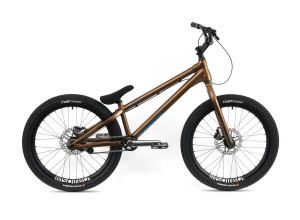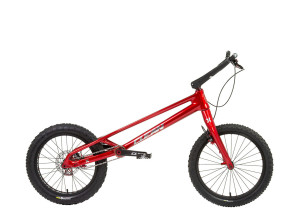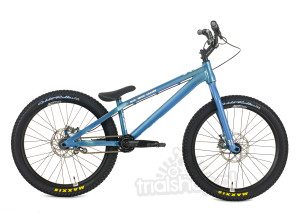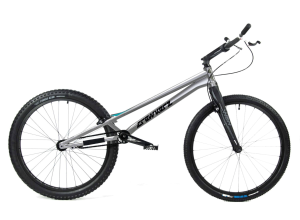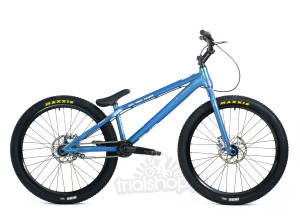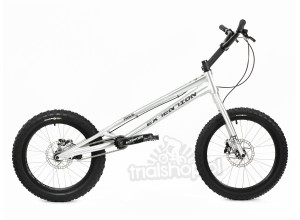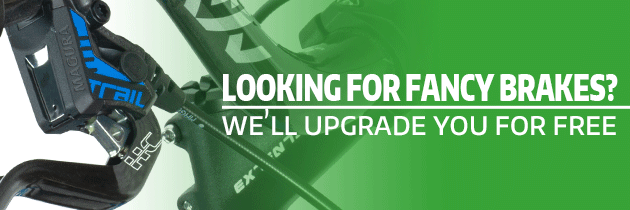While the industry is slowly changing, many trials freewheels remain units without any form of weather protection. Over time, this causes a buildup of dirt which will hinder freewheel performance, on some models like Echo, even causing complete shoutdown of the mechanism and irreversible damage.
A freewheel is a complex mechanism of pawls, springs and bearings which requires extra care to service. With more popular adoption of 135 engagement point freewheels, sealed bearings are becoming more common which in turn makes servicing freewheels not only easier, but also less frequent.
In this video we service a 108.9 freewheel with ball bearings, the more challenging type, although the mechanism itself is the same. While sealed bearings should never be soaked in a de-greaser, they should be thoroughly wiped down before putting them back in.
Begin the service by unscrewing the freewheel top cap, or removing the circlip in sealed bearing freewheels. On ball bearing freewheels, proceed to remove all the ball bearings under the top cap while firmly holding the sprocket against the freewheel body. Set those bearings aside.
Over a separate container, lift the sprocket from the body, make sure all the bearings have been removed and set the container aside.
Mark a starting point on the freewheel body and choose a direction you will be removing the pawls in (clockwise for instance). On a piece of paper write down numbers 1-9 (or however many pawls your freewheel has) and begin to remove the pawls and springs one by one. Pawls should always be seated back in their respective socket.
After removing all the components proceed to wash them in a degreaser like nitro thinner. Use a toothbrush to get at the nooks and crannies.
Let any degreaser evaoprate from the clean components.
Lube the spring and pawl sprockets with grease (we use an oil based grease here). Use small quantities of grease, just enough to lube up the sockets.
The procedure for installing pawls, springs and bearings is best shown on video so we won't be going into much detail here. To assemble a sealed bearing freewheel, the outside bearing should be installed before the pawls and springs go on. The remaining steps are the same as in the video.
Common freewheel issues to look out for:
- Broken or chipped springs and pawls.
- Damaged pawl sockets on the freewheel body.
- Damaged pawl ramps on the sprocket.
Damaged pawl sockets are the most common issue on Echo freewheels, where the socket will wear out to the point that it will no longer hold a pawl in place. This usually indicates the need to replace the freewheel.
If a pawl breaks, a part of it can lodge itself between the sprocket and body, often leading to a bent spring or freewheel socket. This can usually be fixed, although bending the damage back may cause a small part of the freewheel body to break off. Damaged pawl ramps can usually be cleared up using a file.
Broken springs or pawls should be replaced. In case of a lack of replacement parts, the pawl and spring can be removed but due to the nature of forces acting inside the freewheel, it is far from ideal to ride with just 2 out of 3 pawls in a set engaging. In this case it may be a better idea to consider removing every pawl in the group which got damaged. If the freewheel has 3 sets of 3 pawls each, this would mean removing every third pawl and spring and losing a 3rd of all engagement points.









